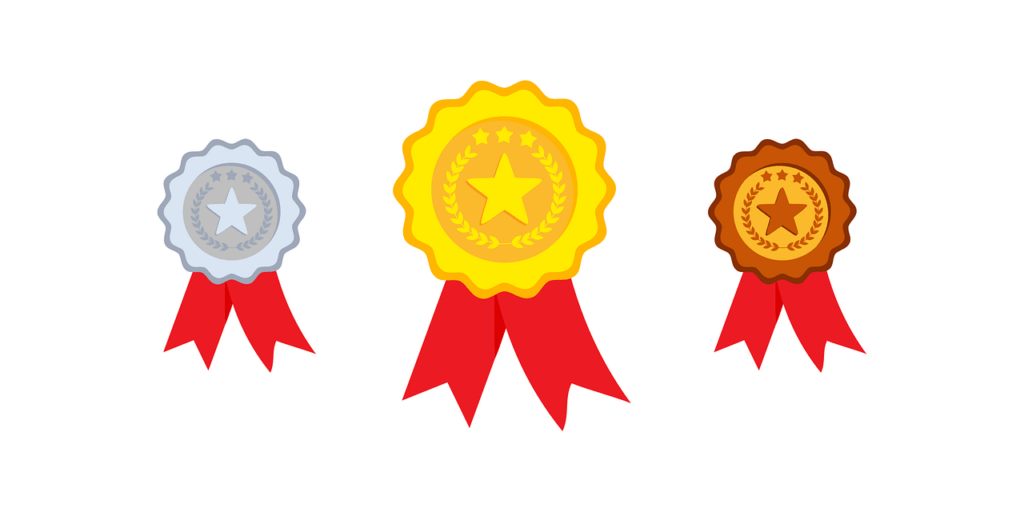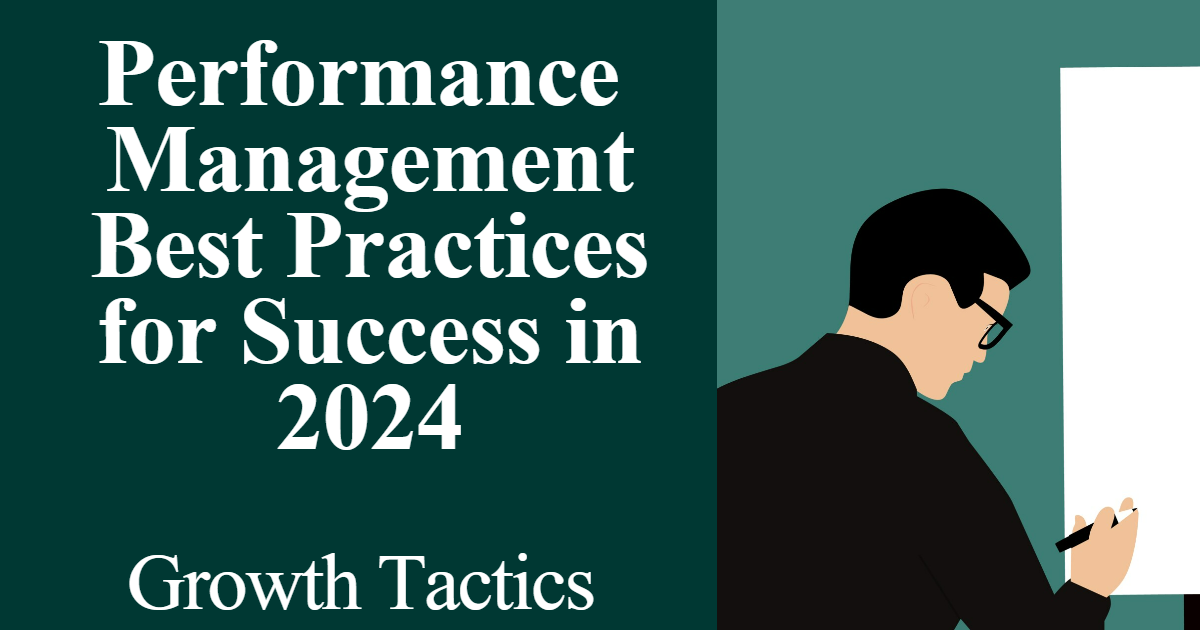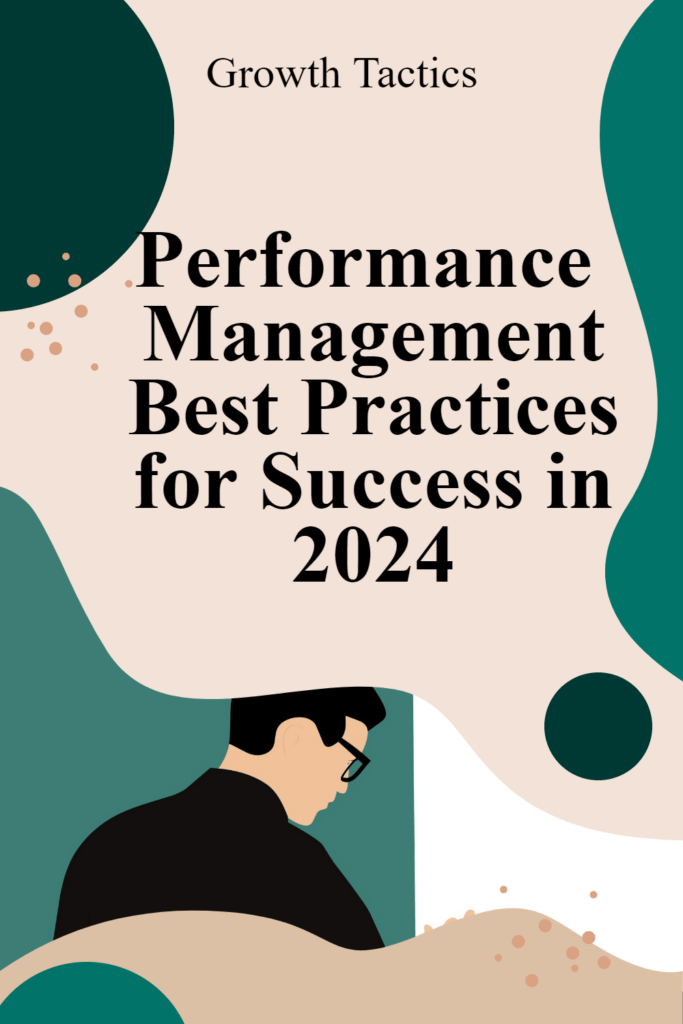Performance management is the ongoing process of setting goals, assessing progress, and providing feedback to help employees improve and succeed. An effective performance management system aligns individual goals with business objectives, enabling both the employee and the organization to thrive.
Performance management has evolved significantly over the past decade. The once-a-year performance review has been replaced by continuous performance management focused on fueling employee growth through frequent coaching conversations and real-time feedback. With the rise of remote and hybrid work models, technology has become essential for managing distributed teams and facilitating continuous feedback.
As we look ahead, several key trends will shape the future of performance management:
- A shift from backward-looking appraisals to forward-focused development
- Seamless integration with continuous feedback and coaching
- Leveraging people analytics and AI to gain insights
- Simplified processes with an emphasis on productivity
- Closer alignment to company values and business strategy
- Enabling managers to spend more time developing rather than evaluating
- Increased transparency and fairness powered by data
The companies that embrace these trends and best practices will be poised for success. This guide will explore the components of a high-impact performance management program and provide actionable advice for driving better business results through people.
Jump To Section
What are Some Performance Management Best Practices?

Align Performance Management with Business Goals
Performance management needs to be tightly aligned with the overall business strategy and goals. Rather than conducting performance evaluations in a vacuum, they should directly support overarching organizational objectives.
The most effective way to cascade business goals into performance management is to begin by setting organizational OKRs – objectives and key results. These are tangible, measurable goals set at the company level that ladder down into departmental and individual OKRs.
With clearly defined OKRs at every level, employees understand how their day-to-day work and development tie back to big-picture business objectives. Their performance management is fundamentally linked to moving the needle on those concrete results.
Managers can incorporate regular check-ins on progress toward OKRs into continuous performance discussions. By maintaining close alignment between individual development and company goals, performance management becomes a strategic lever rather than an isolated HR process. Tight integration motivates employees and enables data-driven performance analysis.
Focus on Continuous Performance Management
Traditional performance management typically relies on annual reviews to evaluate employees. However, annual reviews have proven inadequate for providing timely feedback and enabling employee development. Organizations will shift towards continuous performance management models that incorporate more frequent coaching and feedback.
Enabling technologies like performance management software now allow for continuous processes. With tools to facilitate regular check-ins and feedback, both managers and employees can gain greater visibility into progress and opportunities for growth. Rather than waiting for an annual review, issues can be addressed in real time.
Continuous performance management delivers multiple benefits. More frequent feedback allows managers to provide actionable coaching tied directly to work outcomes. Employees gain insights to improve their performance and progress towards goals. Ongoing dialogue strengthens the relationships between team members and managers. Ultimately, continuous performance management enhances productivity, engagement, and alignment across the organization.
With the right technologies and mindset shift, organizations can move beyond the limitations of annual reviews. Frequent check-ins and continuous feedback will become the new norm for performance management.
Emphasize Development and Coaching

For successful performance management, managers should emphasize employee development and coaching. The traditional annual performance review focused on evaluating past performance. Modern performance management takes a forward-looking approach focused on growth.
The manager’s role shifts from evaluator to coach and mentor. Frequent coaching conversations allow managers to provide guidance, resources, and support to help employees develop new skills. This focus on development rather than evaluation promotes open communication and continuous learning.
Coaching should be an ongoing process, not an annual event. Managers should schedule regular one-on-one meetings with each team member. Every interaction is an opportunity for coaching – providing feedback, answering questions, setting goals, and identifying growth opportunities.
Frequent coaching conversations build trust between managers and employees. By providing tailored guidance, managers show they are invested in each employee’s success. Employees gain confidence knowing they can turn to their manager for support.
With a coaching mindset, managers can inspire employees to reach their full potential. Even small improvements compound over time. When managers emphasize development and provide effective coaching, they enable continuous performance growth.
Leverage Performance Management Software
Performance management software has become an invaluable tool for enabling continuous feedback, tracking OKRs, facilitating 1-on-1s, and monitoring goal progress in today’s increasingly remote and distributed workforces. Rather than relying on once-a-year performance reviews, technology now allows for fluid, ongoing dialogue between employees and managers.
With more teams working across locations and time zones, software creates consistency in the performance process and ensures everyone is on the same page. Features like automatic reminders for check-ins, seamless goal tracking, and instant feedback loops foster better engagement despite physical distance. Managers gain visibility into team progress and can provide real-time coaching.
Performance management systems centralize all relevant information, from individual goals to peer feedback, in one accessible place. This level of transparency helps build trust and alignment within teams. Software also reduces the administrative burden of cumbersome manual processes, freeing up more time for meaningful development discussions.
The right technology becomes the conduit for a performance culture focused on the future rather than the past. Instead of waiting for annual reviews, issues can be addressed promptly. Data-driven insights allow managers to take action based on real-time progress toward OKRs versus subjective evaluations.
For global organizations, software also aids consistency across regions while still allowing customization for local needs. The end result is performance management that truly enables employees to do their best work, wherever they are.
Encourage Open and Honest Dialogue

Performance management works best when there is open and honest communication between employees and managers. This requires building a culture of psychological safety where employees feel comfortable sharing feedback without fear of repercussions.
Managers should demonstrate openness and transparency in their interactions with team members. They should make it clear that they welcome candid feedback and are committed to continuous improvement. Employees are more likely to provide honest input if they know it will be received in the spirit of growth rather than criticism.
Bi-directional feedback is essential. The annual performance review should not be the first time an employee hears about their strengths and weaknesses. Ongoing coaching conversations, where the manager provides feedback and the employee shares their perspective, lead to mutual understanding. Managers should regularly check in with employees to get their take on what’s working well and what could be improved.
By encouraging open dialogue in a psychologically safe environment, managers and employees can gain alignment, surface issues early, and collaborate on solutions. This level of transparency is at the heart of modern performance management.
Focus on the Future Rather than the Past
Performance management needs to be forward-looking and focused on the future rather than retrospective reviews of the past. This means shifting the focus to goal-oriented performance management, where employees have clear objectives that align to business goals.
With continuous performance management, the emphasis should be on frequent check-ins and coaching for future development rather than just an annual or biannual retrospective review. Managers need to have frequent conversations with employees about their progress on goals and how they can continue to develop new skills.
Objectives and key results (OKRs) are a great framework to enable continuous goal alignment. OKRs allow organizations to connect top-level company goals to individual employee objectives. Employees can then regularly check in on their key results that lead to those aligned objectives. This frequent monitoring keeps everyone focused on the future and what needs to be accomplished next versus just appraising what has already been completed.
With a focus on future potential rather than past performance, performance management can drive organizations forward quickly. Employees feel motivated to develop new skills that contribute to key objectives, and managers become coaches who enable this growth.
Simplify the Performance Review Process
The traditional annual performance review has largely been seen as an overly complex and burdensome process for both managers and employees. Successful performance management emphasizes more streamlined, focused processes that serve as productive touchpoints rather than judgments.
Reviews should be easy conversations centered on growth and development, not anxiety-inducing events. Some best practices include:
- Focus reviews on 3-5 priority goals/development areas rather than covering everything. This keeps the discussion targeted and actionable.
- Have more frequent check-ins (monthly/quarterly) rather than one long annual review. This spreads out the performance dialogue rather than packing it all into one session.
- Use simple review templates that guide structured but natural conversations vs. long, cumbersome forms.
- Schedule reviews for 30-45 mins so they remain focused. Anything longer leads to fatigue and diluted insights.
- Hold reviews in comfortable settings that encourage open dialogue, not sterile conference rooms.
- Position reviews as two-way conversations rather than top-down judgments. Employees should have opportunities to give feedback too.
- End each review with concrete next steps and agreed on actions rather than just ratings. Drive accountability.
By simplifying and streamlining reviews, both managers and employees can have more productive, growth-oriented performance conversations. The focus is on the future rather than dissecting the past.
Measure What Matters
Successful performance management will focus on measuring what truly matters to drive business results. This means aligning individual goals with key business objectives and strategies. Organizations should establish meaningful key performance indicators (KPIs) and objectives and key results (OKRs) that connect employee performance to organizational success.
Rather than generic performance metrics, goals and OKRs should be specific, relevant, and tailored to each employee’s role. For example, a sales representative’s OKR could be to achieve $500,000 in sales revenue from new clients in Q3. An engineer’s goal may be to launch a critical new product feature by the end of the year.
While quantitative metrics are important, qualitative feedback should also be part of performance evaluations. Managers should provide regular coaching and feedback about skills development, collaboration, problem-solving, and other behaviors that support performance outcomes.
By focusing performance management on meaningful metrics aligned with business strategy, organizations will drive better results. Employees will understand how their work contributes to the company’s success.
Tie Performance to Rewards and Recognition

An effective performance management strategy links employee performance to rewards and recognition. Organizations should use compensation, bonuses, and other incentives to motivate and reinforce top performance. Public recognition and appreciation for a job well done also go a long way.
Rewards send the message that the organization values excellent work. They show employees that their efforts lead to positive outcomes. Compensation and bonuses tied to performance metrics give people something to strive for. Even small monetary rewards like gift cards or paid time off can incentivize employees. Non-monetary rewards like public praise, recognition awards, and growth opportunities also motivate.
Managers should advocate for top performers to get salary increases, promotions, and bonuses. They should nominate standout employees for company awards. Peer-to-peer recognition programs enable coworkers to acknowledge each other’s accomplishments.
Rewards and recognition directly tied to performance make employees feel valued and engaged. They give people reasons to maintain and improve their job performance over time. An effective performance management program utilizes rewards and recognition strategically to get the best from people.
Wrapping Up
In conclusion, as organizations navigate the complexities of 2024, adopting innovative performance management practices is paramount for success. Emphasizing continuous feedback, leveraging technology for real-time performance tracking, fostering a culture of transparent communication, and creating personalized development plans are essential strategies.
Additionally, aligning individual goals with organizational objectives and investing in training for effective goal-setting and feedback processes can significantly enhance productivity and engagement. By prioritizing adaptability, empathy, and a holistic approach to employee growth, businesses can not only achieve their operational targets but also build a resilient, motivated, and high-performing workforce poised for future challenges.


